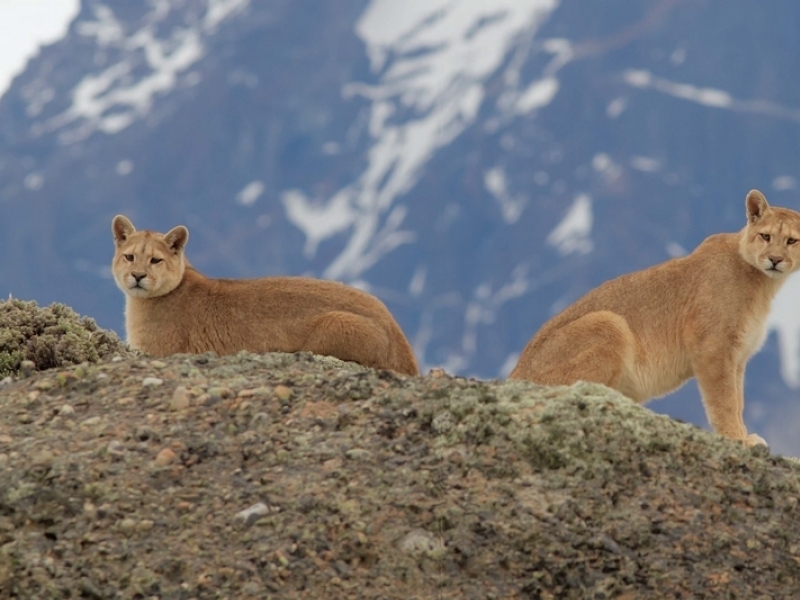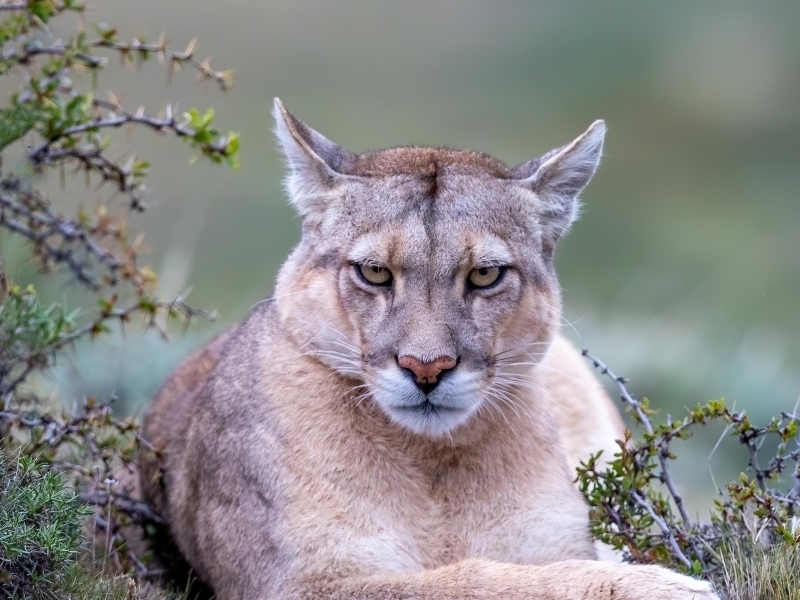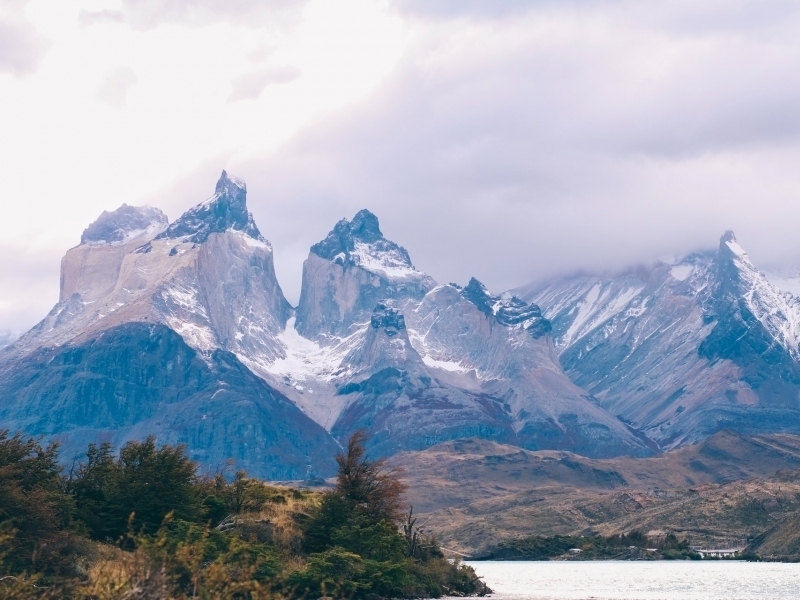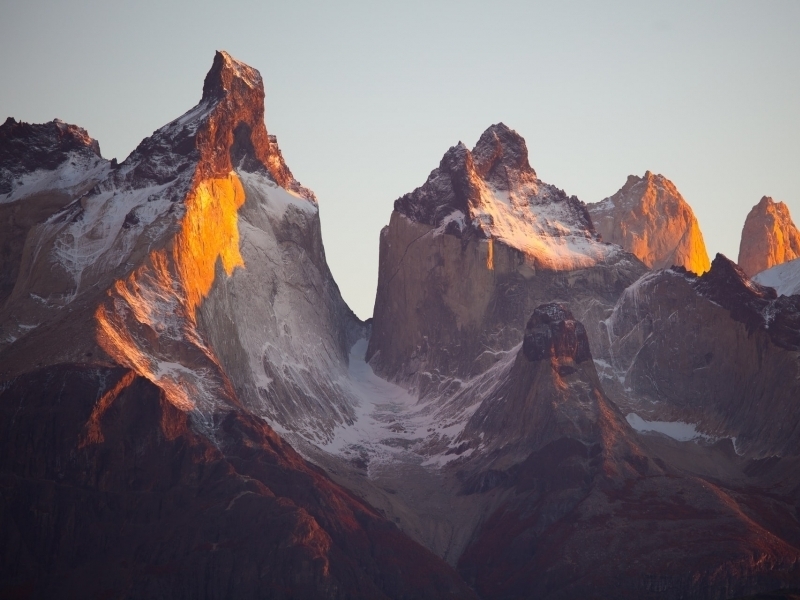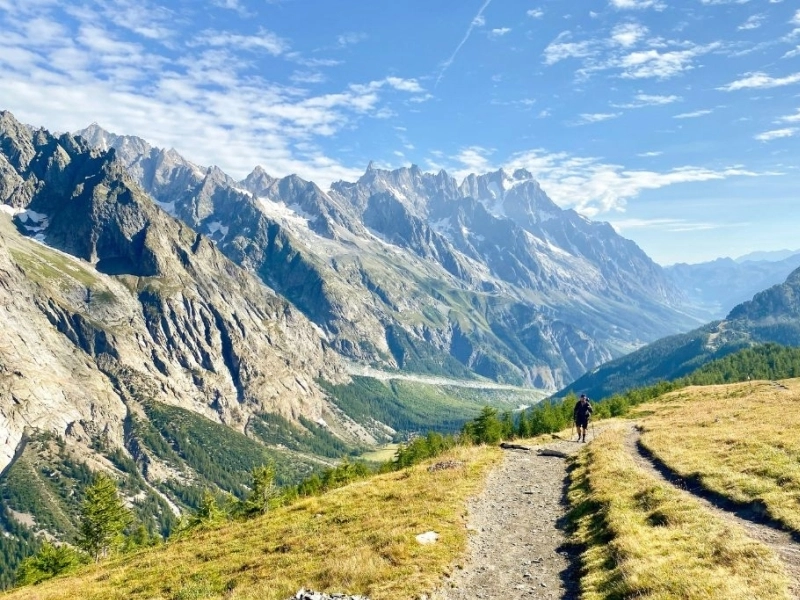News and Testimonials
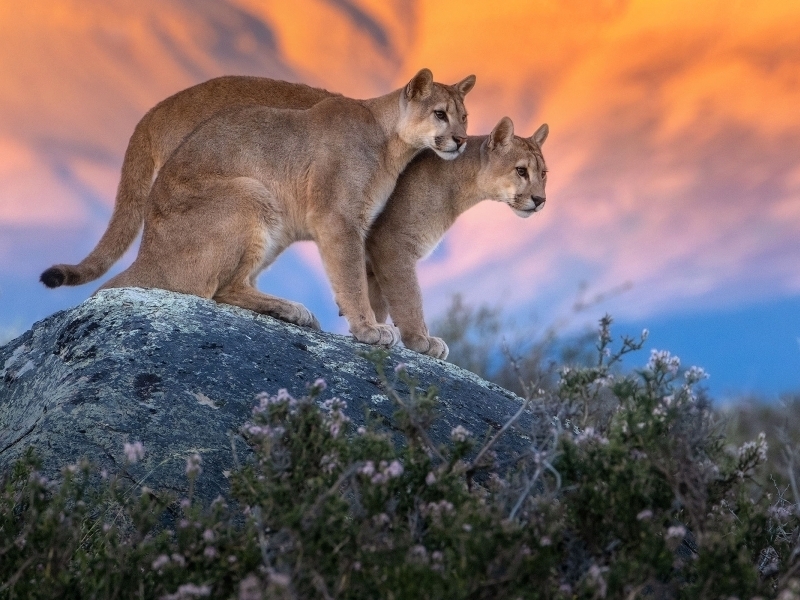
TOURS TO PHOTOGRAPH PUMAS: NEW ATTRACTION IN TORRES DEL PAINE
In the Chilean Patagonia National Park, about 2,800 km from Santiago, the great American cat lives in a territory of 227,000 hectares of surprising heights, forests, and crystal clear waters. An attraction for tourists and photography lovers.
The Chilean Patagonia summons. Torres del Paine National Park, well known for the trekking called "the W", has offered, for a few years, tours of one or several days to admire - and photograph - the great American cat in its natural habitat.
Torres del Paine offers one of the most impressive landscapes in the world, a privileged ecosystem where condors, eagles, culpeos and gray foxes, huemules, guanacos, rheas and pumas, among many other species, coexist in a setting of great biodiversity made up of Magellanic forest. , Patagonian steppe, pre-Andean scrub and Andean desert. In 1978, the Torres del Paine National Park area was incorporated as a Biosphere Reserve by UNESCO.
Perfect home for pumas, in this national park the largest population and the largest specimens of the neighboring country are concentrated. In recent years, the number of felines has grown dramatically and so has the interest to contemplate and photograph them.
“The tourists who hire our services have two clear profiles. There are the professionals who come to look for a good photo, and the amateurs, who do not hang out with great teams, but with all the desire to want to observe pumas in their natural state and get excited when a match is achieved ”, says José Vargas Muñoz - alias Pepe Wayaja–, from the company Wayaja Puma.
The sightings are considered a contribution to the conservation of the species. Every year - in "normal" times - some 155,000 people walk the park's trails for the sole purpose of seeing a specimen. "It is the best place in the American continent to observe the‘ mountain lion ’. Today, the park is home to the most ‘healthy’ population of pumas nationwide, ”says Felipe Román, excursion guide and nature photographer who began observing in 2019, after dedicating years to birdwatching tours.
It is estimated that around a hundred pumas live in the Park, and in the surrounding private territories. Vargas Muñoz comments that until recently there was talk of one puma for every 20,000 hectares, but that figure was obsolete. "In an area of ??24,000 hectares we have around 28 pumas registered," he explains. The last census (2018) showed the existence of about 60 specimens, a figure today exceeded. “I would dare to say that there are more than a hundred”, underlines Miguel Fuentealba, Wildlife photographer and co-founder of the company Iso100 Outdoor.
The number would be even higher. The National Forestry Corporation (Conaf) estimated, before the start of the pandemic, that the figure was around 150 specimens. The causes of population growth? More food, more space and less game, which, in fact, has been prohibited by law for a decade. The large concentration of guanacos, hares, birds, ducks, small rodents, armadillos and other species belonging to the puma food chain ensure their recovery. Added to this is the growing number of conservation programs and the proactive attitude of landowners surrounding the park.
From sunrise to sunset, observation tours can last a full day or up to five days, with a variety of services. “We like working in Torres del Paine because the animals have the advantage that they cannot be chased. There are trails established by rule for all travelers. Patience is key; knowledge of the terrain and the behavior of the animal are necessary ”, says Fuentealba.
Vargas Muñoz - who keeps among his relics a photo of an unusually large puma - began photographing them in 2005 and, a decade later, launched the company with his wife. He inherited from his father - park ranger 35 years ago in this PN - a taste for photography and observation. “My whole childhood was spent in the park, hanging out with my dad, watching, learning,” he recalls. And he says that ten years ago it was very difficult to observe a puma. Today, "practically anyone can find one on the road," he remarks. The reality is that detecting it can take a minute or all day, or more. In any case, it is essential to move around making minimal noise, without anxiety and almost without speakin.
By nature this animal is solitary, but that does not mean that it does not form groups. The herd is not typical of felines; the circumstantial group coexistence, yes. Vargas Muñoz explains: “We have observed groups living together without major problems. The female moves away when she has cubs, and if a male wants to reproduce with her, he kills those cubs ”. (Like the lion of the African savannah, it ensures its lineage; once the male liquidates the litter of cubs, the female automatically goes into heat and makes mating possible).
Only for eight days - the period of heat - they are seen in pairs. Then the male leaves the place and the female is dedicated to her young. The puppies are ready for independence at two years and the puppies at three.
The perfect photo
It is achieved when the cougar is relaxed and moves calmly. He knows that the observer is there, quietly and almost secretly, but he is not disturbed. To “capture” it, it is necessary to stand at a prudent distance –about 30 meters– and wait for the moment with binoculars and a telescope that allow us to observe the scene in detail. "It is a feline that spends a lot of time resting and, therefore, we must respect its times," says Felipe Román. And although there are situations in which the animals show themselves, it turns out that they are far away, feeding or drinking water. In these cases, "in order not to interrupt these processes, no photos are taken," adds Román.
Encounters occur while walking the marked trails, and at observation points. They are never pursued: the animal is protected and the safety of the passenger is guaranteed. “When I go with tourists we are not more than 20 minutes photographing a puma,” says Berrios Ávila, who has been portraying them for five years. "Because I like it? They give me peace. They are unique and important for the balance of the ecosystem ”, he says.
Source: https://www.lanacion.com.ar/revista-lugares/tours-para-fotografiar-pumas-nuevo-gran-atractivo-en-torres-del-paine-nid25052021/


